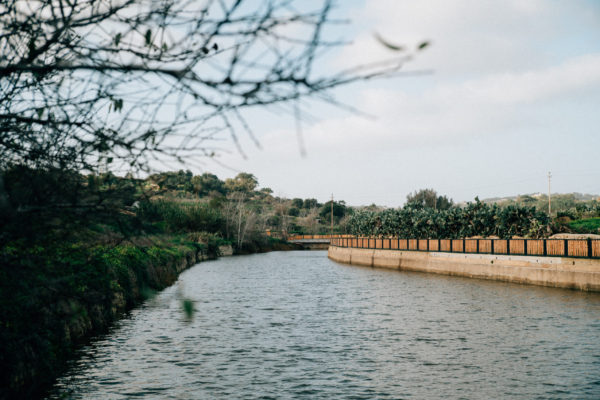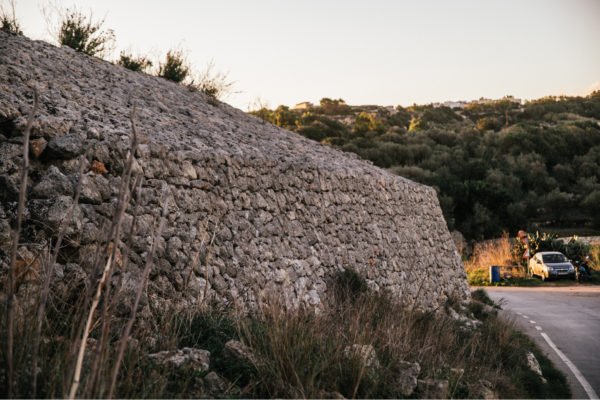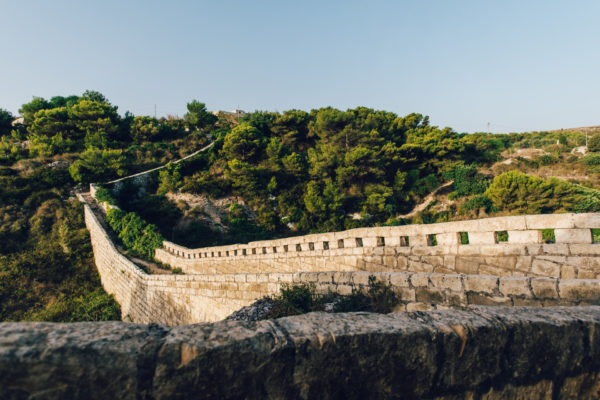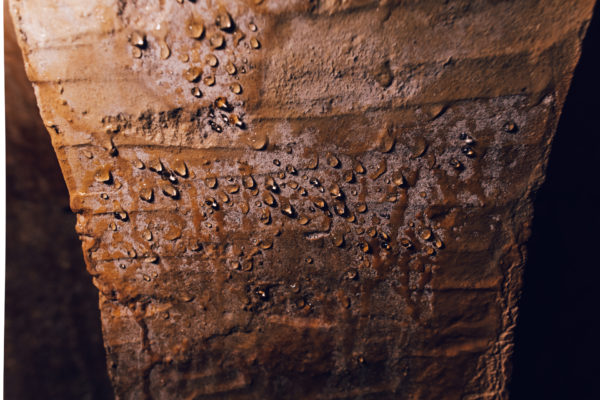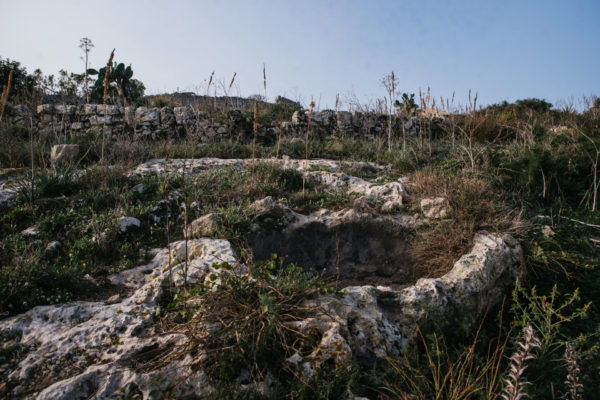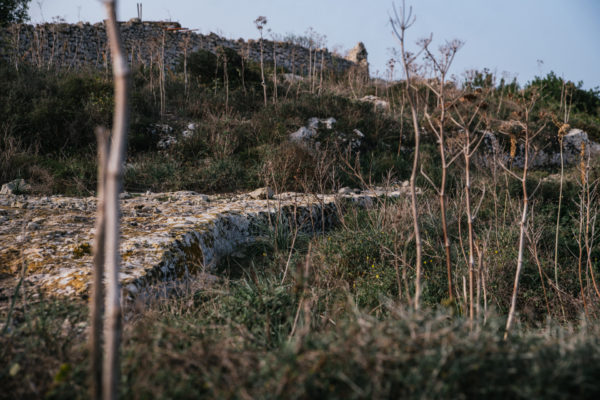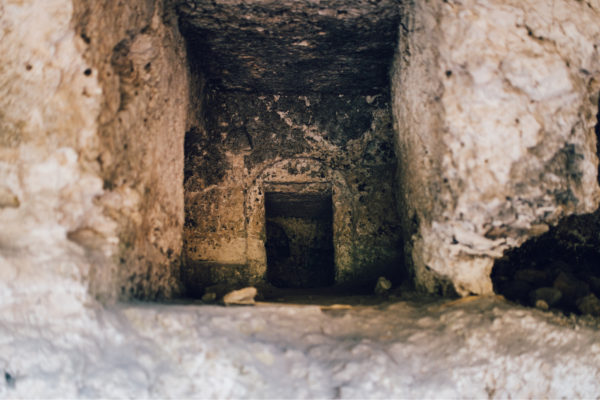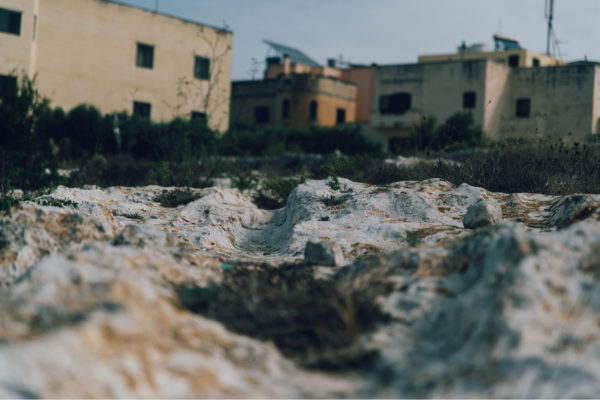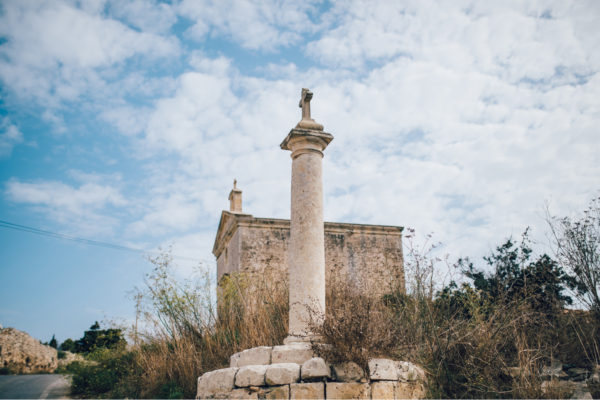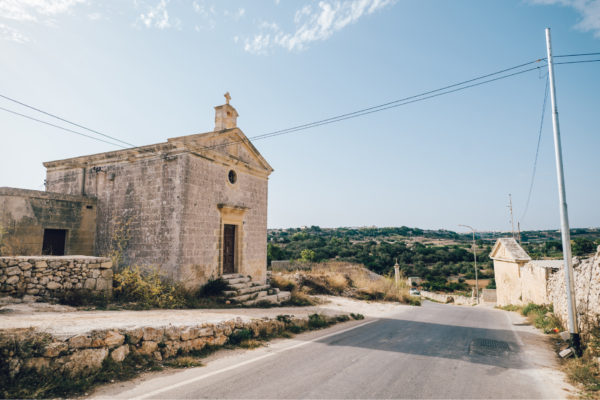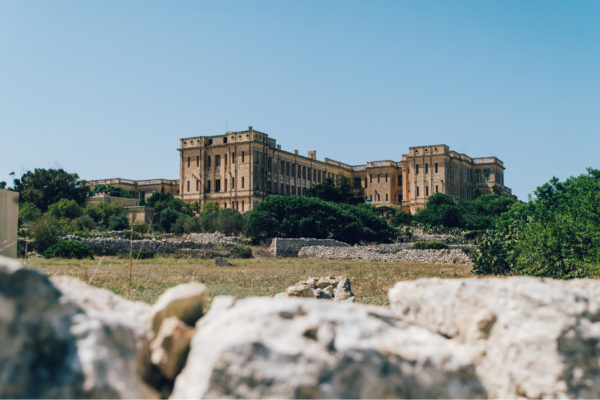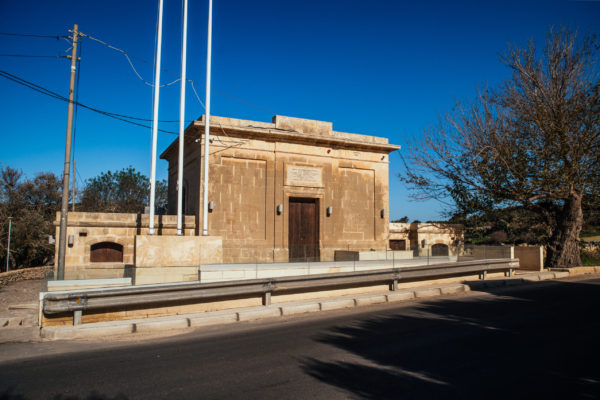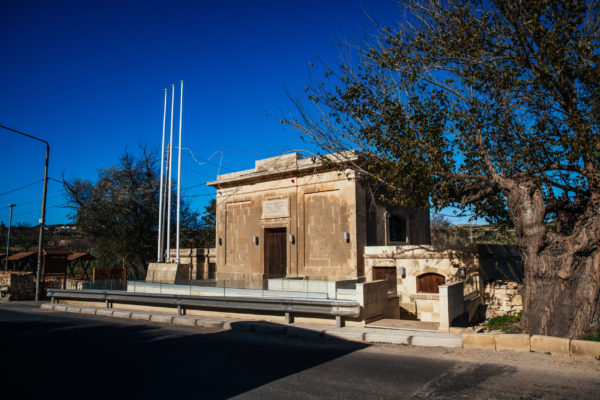
Watercress is an aquatic flowering plant from the cabbage family. Native to Europe and Asia it is a rapid coloniser of stream, waterway and marshland habitats. It is capable of growing in completely submerged conditions, however, it does not flower in such conditions.
This perennial herb contains creeping or erect floating stems, hollow and angular in nature reaching 10 to 60 cm long. The root structure comprises both taproot and fibrous roots structures often rooting at nodes. The alternate dark green pinnate leaves are 3 to 7 cm long and 2 to 4 cm wide. The terminal leaflets are slightly larger than the laterals.
Watercress is a long day plant, that is it flowers only when the day length increases. Flowering generally occurs during mid to late summer. Small white and green flowers are produced in clusters, these are either self-pollinated or insect pollinated mainly by hoverflies.
Seed pods are produced shortly after pollination. These shatter open when ripe and scatter the seeds within the surrounding area. Watercress seeds can float for several hours and thus are carried by the water to germinate in new areas. Seed production is quite high, given the available 29 seeds per fruit and roughly 20 fruits per flower cluster.
Watercress is a plant rich in minerals and vitamins and is therefore one of the oldest known leaf vegetables consumed by humans. Considered a cleansing herb, the leaves are used as a depurative, diuretic, hypoglycemic and stimulant agent among other treatments. Leaves are harvested throughout the year and used fresh in poultices and infusions.
Whilst the plant is very nutritious, care should be taken if harvesting this plant from the wild. Plants growing in water draining from adjacent fields and farms should be avoided due to possibility of certain parasites and chemicals within the water which could lead to serious health conditions.









